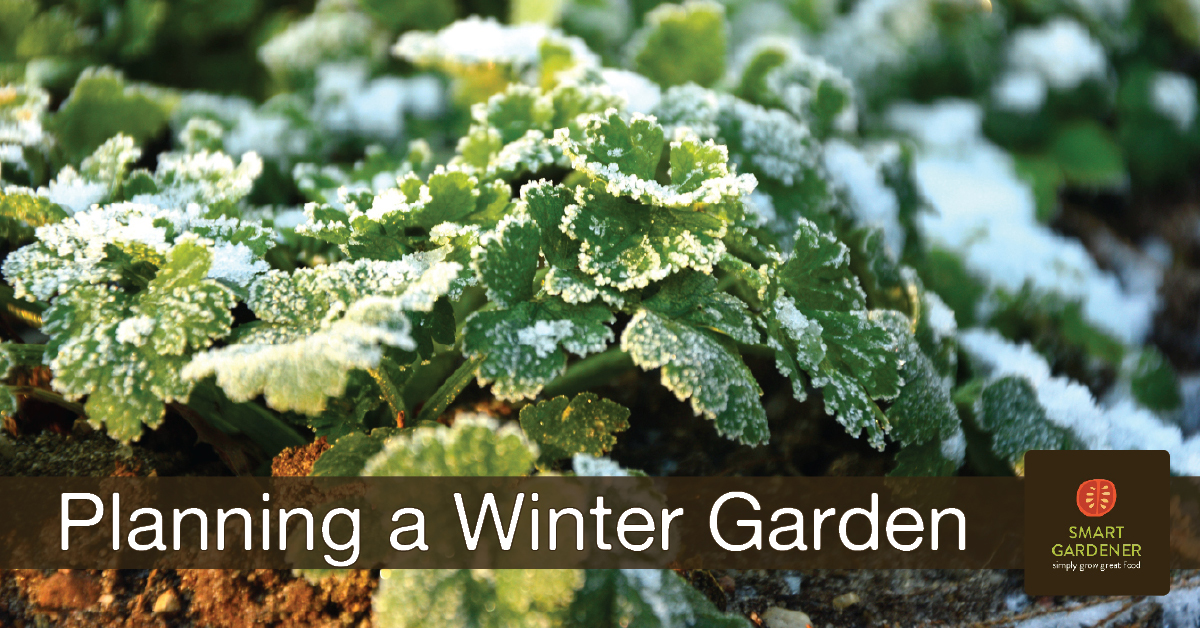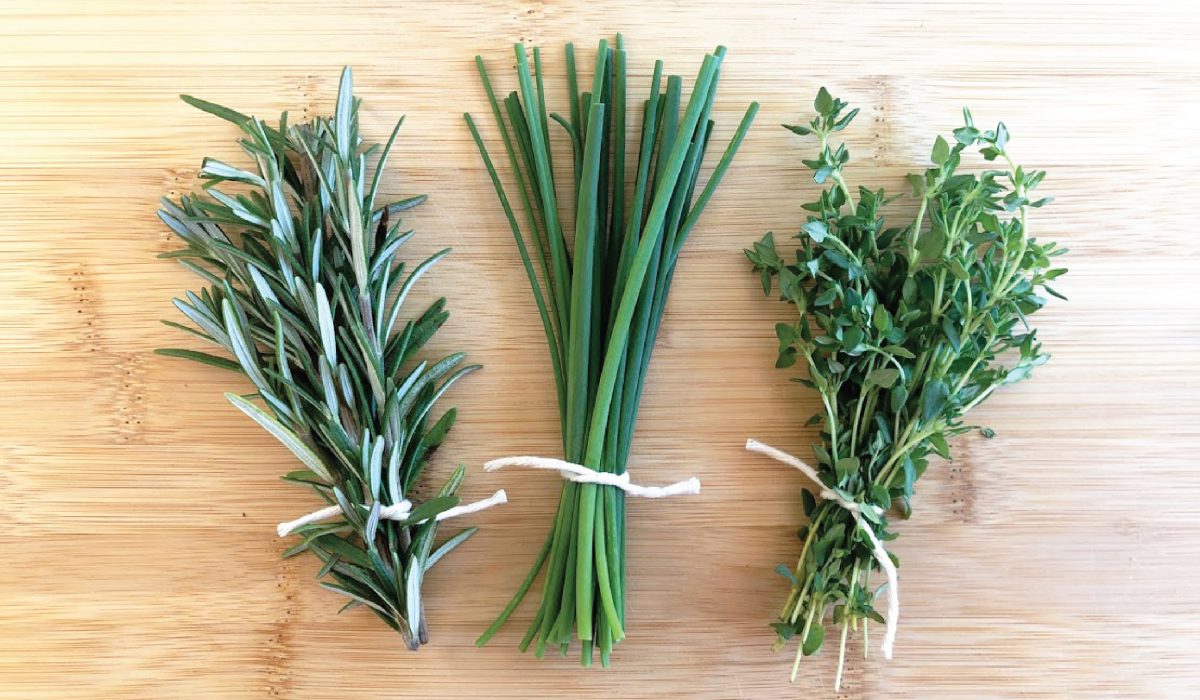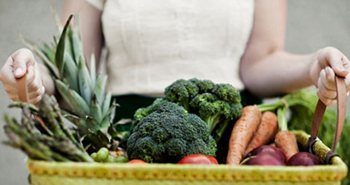Tag: winter gardening
-

Planning a Winter Vegetable Garden
Planning a winter vegetable garden is surprisingly easy. Follow these tips to keep growing your own vegetables once the summer crops are done.
-

Five herbs perfect for indoor growing
Spring has yet to arrive in many parts of the country, and we’re pretty sure a lot of you gardeners are getting a bit of cabin fever. One cure for the late-winter gardening blues is to start an indoor herb garden. We’ve come up with a list of some of our favorite herbs to grow […]

